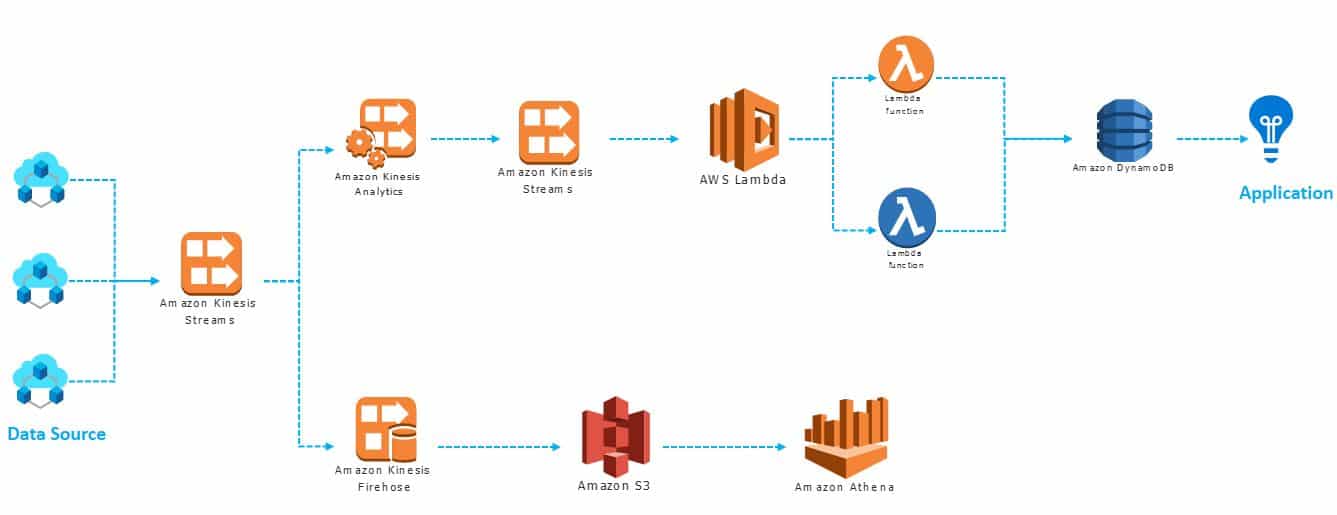A Day in the Life of a Business Analyst
Business Analytics has emerged as a much sought after skill set. Professionals with business analytics expertise can work in different analytical profiles in companies to help them grow – but what exactly do they do? This article breaks down the essentials of a BA profile by looking into a typical day in the life of a business analyst.
Equipped with strong analytical skills and a sound knowledge of the market, business analysts take care of a range of tasks to help companies meet their business goals. While collecting and interpreting data is core to a business analytics profile, stakeholder communication, meeting management and report collating are equally important. Aspiring business analytics professionals can refer to this detailed account of a day in an analyst’s life to understand the requirements and set their expectations.
For a business analyst, a typical day starts by pinning up tasks on a storyboard to plan and prioritise them. As with most other roles, business analysts also have team meetings to discuss pain-points, pending tasks, obstacles and priorities. After having the tasks planned out, the workflow looks somewhat like this:
Prioritization & Business Context: Analysts typically like to plan their day and week meticulously in advance. Iteration planning meetings (IPM) are an excellent way to interact with the whole team and stay updated on all the ongoing projects. This iterative method ensures that objectives and plans are clearly explained. IPM also helps the team to understand the business context of any particular project and prioritize accordingly.
Investigate Goals and Issues: An important part of an analysts job is to identify the problem. Research, interviews, analytical observations are few of the ways in which analysts investigate the situation to recognise the issues. Analysts look at past data, and try to make projections based on inferences.
Analysing Information: It is after collecting data points concerning the issue at hand, that analysts finally get down to the analysing part. Data sets are thoroughly examined for recurring patterns and anomalies. Analytic reports are then shared internally for teams to understand the problem areas. These reports break down series of data sets into comprehensible explanations so that they are easily interpreted by the leadership team to help them arrive at business decisions unanimously.
Documenting Information: It is important to record all the analytical findings since they can act as future reference points. Analysts spend a considerable part of their day collecting and documenting all the analytical results, inferences and new developments. Considering documentation techniques are specific for each report, analysts also spend time looking into different documentation methods to choose the best option for any given report.
Backlog Grooming: This is an ongoing task for analysts- analysing and distributing the backlog. Resource optimization is crucial for any business and analysts aid that by efficient backlog management. Analysts go through the task lists and plan resource allocation according to priority.
Meetings and Communication: A major part of an analyst’s day is spent in active communication- internally with the team or externally with stakeholders. Business communication is not limited to just speaking, but it also means non-verbal communication in the form of emails and presentations to make sure that information is properly relayed, agreed to and acted upon.
Client Interaction: Client feedback is an integral part of any business plan. The best way to ensure that you are proceeding in the right direct and your business goals are met is by getting direct feedback from the clients. Feedback sessions can be used to evaluate the progress of the projects and analyse its success. Incorporating feedback in the project proceedings will lead to more satisfactory results and improve project success rates.
Business analysts act as a bridge between problems and solutions, trying to understand the former and planing the latter. However, a business analyst needs to work closely with the development teams, operations teams and the service teams to make any business project successful. A typical day in a business analyst’s life involves different kinds of tasks like extensive communication, reporting and documentation. While knowledge of analytical tools is an absolute necessity for an analyst, interpersonal communication skills coupled with strong business acumen is also required to deliver results.
Click Here to know more about PG program in data science and business analytics.










